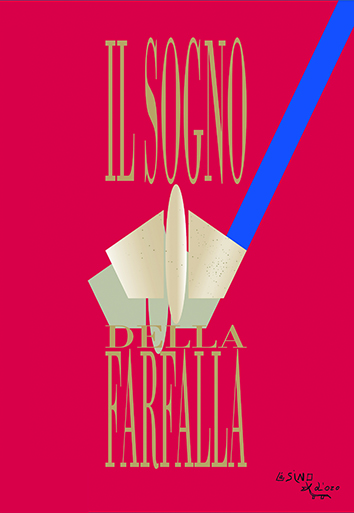Psichiatria e arte
Abstract
This article deals with the changing relationship between psychiatry and art in the XIX and XX centuries and in particular with the problematic link between genius and madness and the use of art in psychiatric therapy. By analysing the following texts by C. Lombroso (Genius and Folly), H. Prinhzorn (Bildnerei der geisteskranken), K. Jaspers (Strindberg und van Gogh), L. Binswanger (Drei Formen missgluckten daseins), F. Barison (Arte e schizofrenia), S. Arieti (Creatività, sintesi magica), G. Benedetti (Psicoterapia come sfida esistenziale) we discover how madness has always been considered a source, if not a liberating force of creativity and how the same concept has been re-proposed over and over again for decades in absence of a new theory. The article analyzes the way art has been used to cure psychiatric patients focusing on Benedetti’s psychotherapeutic technique which features figurative-pictorial means as the only way to obtain a regression to the earliest years of life. In complete contrast to this thesis the authors argue that it is the direct relationship between the psychotherapist and the patient that allows the patient to regress to even deeper levels, without needing the mediation of an inanimate object (brush or canvas).


